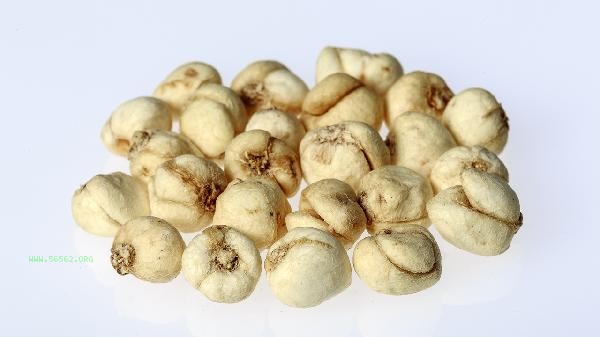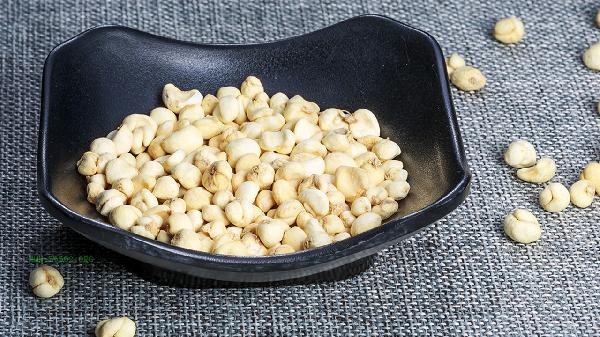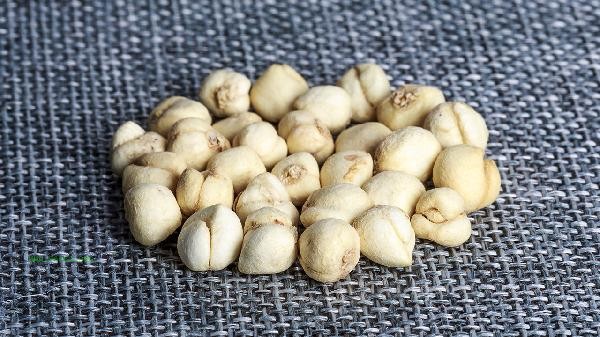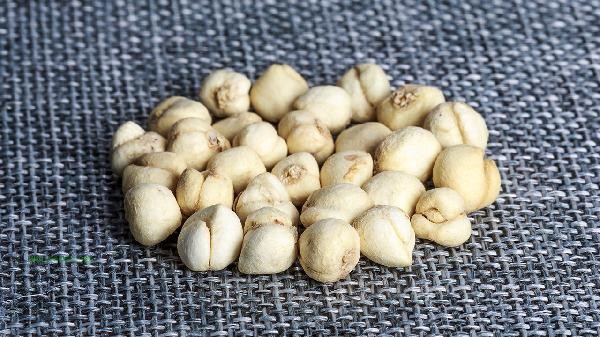Chuanbei and Chuanbeimu are different names for the same traditional Chinese medicine, both referring to the dried bulbs of the lily family plant Chuanbeimu. Chuanbei Mu is included as the official name in the Chinese Pharmacopoeia, while Chuanbei is a folk term. There is no essential difference between the two in terms of origin, efficacy, and clinical application.

1. Source of Name
Sichuan Fritillaria is the official pharmacopoeia name, emphasizing that the plant is originally the bulb of various plants in the Fritillaria genus. Chuanbei is a regional abbreviation, named after its main production in Sichuan, and the two refer to the same type of medicinal herb. In traditional medicinal habits, Fritillaria thunbergii is divided into specifications such as pine shell, green shell, and furnace shell according to its characteristics, all of which belong to the category of Fritillaria thunbergii medicinal materials.
II. Primitive Plants
The current pharmacopoeia stipulates that the primordia of Fritillaria thunbergii include Fritillaria thunbergii, Fritillaria thunbergii, Fritillaria thunbergii, and Fritillaria thunbergii. The dried bulbs of these plants are processed and used as Sichuan Fritillaria. Their active ingredient alkaloids have similar types and contents, and have the effects of moistening the lungs, stopping cough, resolving phlegm, and dispersing nodules.
III. Efficacy and Application
Whether called Chuanbei or Chuanbei Mu, its nature is slightly cold with a sweet and bitter taste, and it belongs to the lung meridian. It is mainly used for treating symptoms such as lung heat and dry cough, deficiency cough, etc. Classic prescriptions such as Baihe Gujin Tang and Beimu Gualou San all use this medicinal herb, which is commonly used in modern clinical practice for respiratory diseases such as chronic bronchitis and tuberculosis.

IV. Product Specifications
The medicinal herb market categorizes Fritillaria thunbergii into three types based on their appearance: pine shell, green shell, and furnace shell. Pine shells are shaped like holding the moon in their arms, green shells are flat spherical, and furnace shells are larger and flat. The three have the same effect, but traditionally, pine shells are considered to have the best quality. When making a purchase, it is preferable to choose one with a solid texture and a white cross-section.
V. Precautions for use
Sichuan Fritillaria should be used with caution for those with wind cold cough, and warm Chinese herbal medicine should be used in combination for those with spleen and stomach deficiency cold. This medicinal herb should not be used together with Aconitum medicinal herbs, and those with allergies should try it in small doses when taking it for the first time. It is recommended to use it under the guidance of a traditional Chinese medicine practitioner based on syndrome differentiation, and avoid taking large doses on your own for a long time.

As a medicine and food homologous product, Fritillaria cirrhosa can be used together with snow pear and rock sugar to make Tonic Diet, which is suitable for people with dry cough in autumn and winter. Daily storage should be kept in a cool and dry place, moisture-proof and insect proof. If you need to distinguish authenticity, you can observe the crescent shaped scale leaf characteristics, which are often absent in counterfeit products. It is recommended to purchase qualified traditional Chinese medicine decoction pieces through formal channels to ensure the safety and effectiveness of medication.








Comments (0)
Leave a Comment
No comments yet
Be the first to share your thoughts!